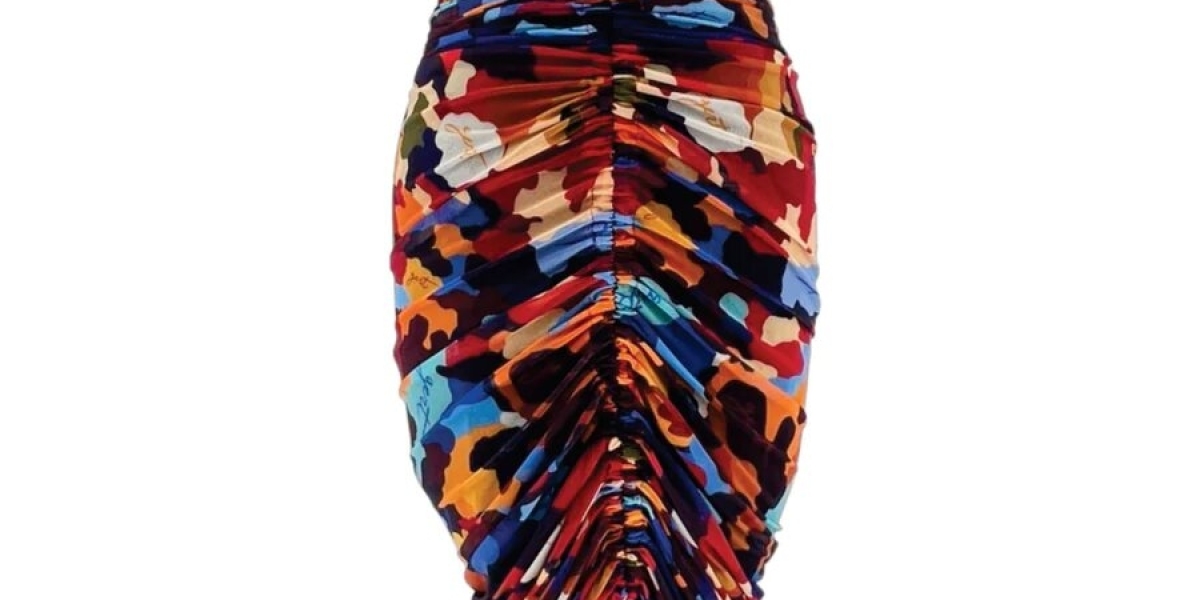Clothing is a vital aspect of human life, serving practical purposes while also being a means of self-expression and identity. From casual wear to formal attire, the world of clothing is diverse and ever-evolving. This guide provides an overview of clothing types, current trends, and tips for building a functional wardrobe.
1. Types of Clothing
Clothing can be categorized into several essential types, each tailored for different occasions and needs:
Tops: This category includes blouses, T-shirts, shirts, tank tops, and sweaters. Tops come in various styles, materials, and fits, allowing for both casual and formal wear.
Bottoms: Essential pieces like trousers, jeans, skirts, shorts, and leggings provide options for different settings and body types.
Dresses: Dresses are versatile garments suitable for various occasions, from casual outings to formal events. They come in styles like maxi, midi, shift, and wrap dresses.
Outerwear: Jackets, coats, blazers, and cardigans are crucial for layering and warmth in colder seasons. Outerwear can enhance the overall aesthetic of any outfit.
Activewear: Designed for comfort during physical activities, activewear includes leggings, sports bras, and moisture-wicking tops, emphasizing functionality and style.
Undergarments: Bras, underwear, and shapewear are essential for providing support and comfort under clothing.
Loungewear: Comfortable clothing for relaxing at home, such as pajamas, sweatpants, and hoodies, has become increasingly popular, especially with the rise of remote work.
2. Current Clothing Trends
Fashion trends are continually changing, influenced by cultural shifts, designers, and consumer preferences. Here are some notable trends in clothing today:
Sustainable Fashion: Many brands are focusing on eco-friendly materials and ethical production practices, appealing to environmentally conscious consumers.
Oversized Fits: Baggy tops, wide-leg pants, and oversized jackets are trending, providing a relaxed yet stylish look that caters to comfort and individuality.
Bold Colors and Patterns: Bright colors, floral prints, and unique designs are making a statement, allowing wearers to express their personalities.
Cut-Outs: Clothing with strategic cut-outs adds a modern twist to classic styles, making them visually interesting and contemporary.
Layering: The art of layering different clothing pieces is popular, particularly in transitional seasons, creating depth and texture in outfits.
3. Building a Versatile Wardrobe
Creating a versatile wardrobe involves incorporating essential pieces that can be easily mixed and matched. Here are some recommendations:
Basic Tops: Invest in neutral-colored T-shirts and blouses that can be dressed up or down, serving as versatile foundations for various outfits.
Tailored Bottoms: A well-fitted pair of trousers, dark jeans, and a couple of skirts can provide flexibility for both casual and professional settings.
Classic Dresses: A little black dress (LBD) and a comfortable sundress are versatile options that can be styled for different occasions.
Layering Pieces: Cardigans, blazers, and lightweight jackets are perfect for adding warmth and style.
Footwear: A selection of comfortable shoes, including sneakers, flats, and heels, ensures you’re prepared for any situation.
4. Tips for Dressing Well
To maximize your clothing choices and enhance your overall appearance, consider these helpful tips:
Know Your Body Type: Understanding your body shape can help you choose clothing that flatters your figure and highlights your best features.
Invest in Quality: High-quality pieces will last longer and maintain their appearance, providing better value over time.
Accessorize Thoughtfully: Use accessories like belts, scarves, and jewelry to elevate your outfit and reflect your personal style.
Experiment with Mixing and Matching: Try different combinations of tops and bottoms to create a variety of outfits from fewer pieces.
Stay True to Your Style: Wear what makes you feel confident and comfortable; your personal style should reflect who you are.
5. Conclusion
Clothing is more than just a necessity; it is a vital aspect of personal identity and self-expression. By understanding the different types of clothing, keeping up with current trends, and curating a versatile wardrobe, you can make informed choices that enhance your style and confidence. Whether dressing for work, casual outings, or special occasions, the right clothing can empower you to make a lasting impression









